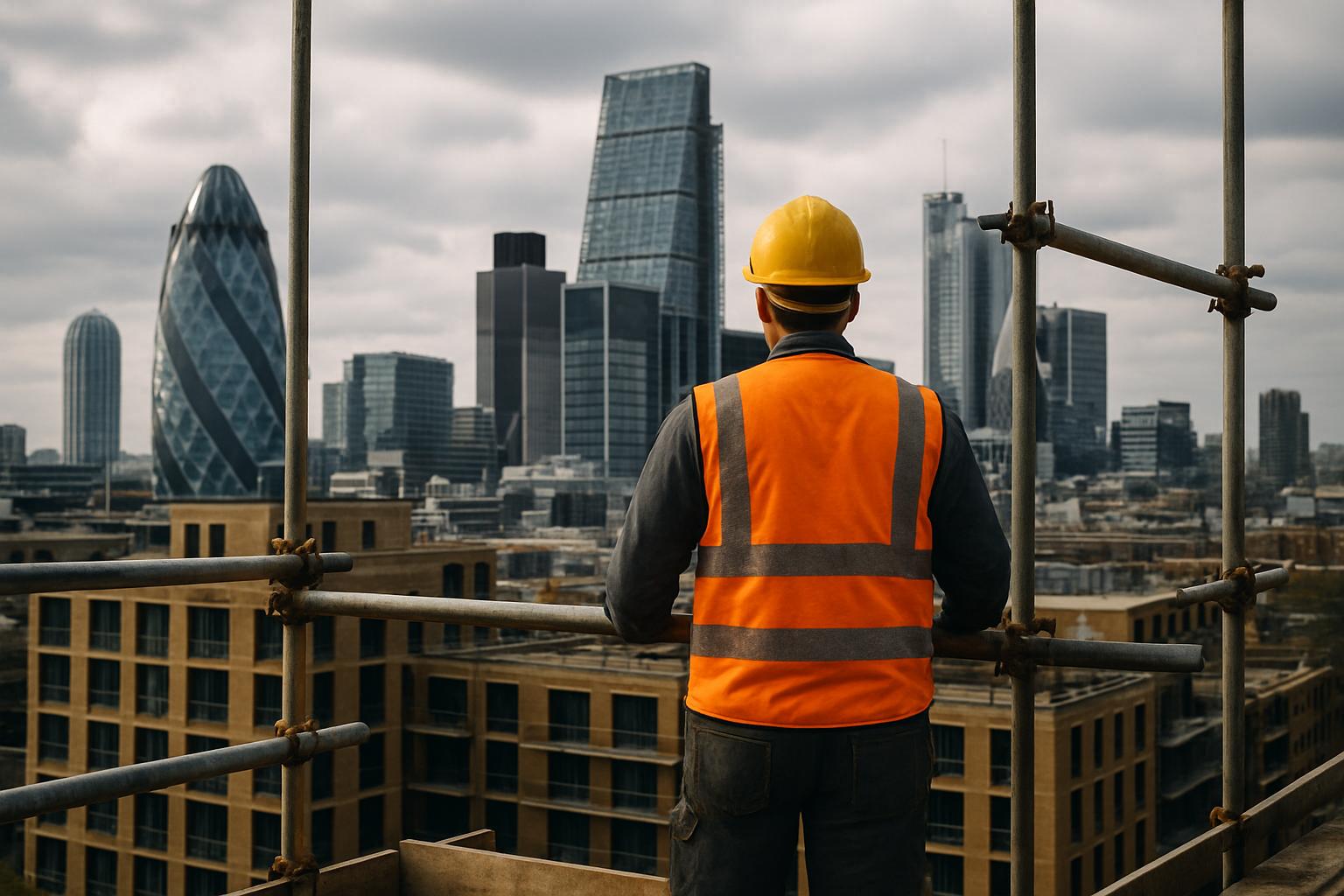After a period of significant volatility, the UK property market has begun to stabilise, with leading fixed-rate mortgage deals hovering just below 4% during the summer of 2025. This more settled environment is reflected in borrowing patterns, as monthly mortgage approvals for house purchases have broadly aligned with the 2019 average throughout the year. Nationwide's data shows a modest rise in house prices, with an increase of 2.1% over the past twelve months. Such developments suggest a market gradually regaining its rhythm amid ongoing economic uncertainties.
This equilibrium arises from a balance of opposing factors. Many buyers, having held back during the peak of interest rates, are now encouraged to re-enter the market by the return of sub-4% fixed mortgage rates. Conversely, while consumer confidence is showing signs of improvement, it remains in negative territory, making buyers particularly price-conscious. This sensitivity has led to marginal reductions in asking prices during July, which combined with strong property supply, contributed to the highest transaction volumes that month since 2020, according to Rightmove.
This impact of price sensitivity is most evident in London’s new homes market, where developers’ ability to demonstrate value—whether through pricing strategies, design elements, or project positioning—has heavily influenced sales rates over the past two years. For instance, The Broadley development in Marylebone by Mount Anvil has seen purchasers reserve 63 units since early July. The average asking price of £1,450 per square foot offers early-phase value compared to neighbouring projects in later, more expensive stages, as well as to future phases within The Broadley itself. Notably, this development has attracted off-plan investors committing up to five years ahead of completion, signalling confidence in its value proposition.
Similar trends are visible in other London locales. Retro, a nine-unit scheme in Fulham characterised by its distinctive conversion of existing structures and retained original features, sold almost all units within six months of launching in March 2024. Pricing at approximately £1,095 per square foot, it remains competitive with local resale stock and below typical new build values, which often lie between £1,300 and £1,400 per square foot. The Clay Yard in West Hampstead also exemplifies this dynamic, with over half its units sold within nine months of its 2023 launch at just above £1,100 per square foot—a slightly lower price point than nearby developments. This scheme’s competitive pricing, coupled with a scarcity of new developments locally, has allowed it to maintain sales with minimal discounting.
However, competing primarily on price is increasingly challenging for developers facing rising construction and labour costs. Even so, marginal demonstrations of value remain pivotal in a market where buyers have an abundance of choice. As of the end of June 2025, London had over 3,500 completed but unsold units—up from nearly 3,000 in 2023 yet still below the 2018 high. Availability is expected to decline as mortgage rates ease further, spurring increased buyer activity against a backdrop of sharply reduced new construction starts.
Recent figures show developers began fewer than 2,200 new private homes in London during the first half of 2025, representing a mere 5% of the government's target. The number of unsold homes under construction has also fallen steadily, from over 30,000 in 2018 to just over 20,000 today. This trajectory points to an impending scarcity of new homes in London; with only 9,100 private new homes slated for completion across 2028 and 2029, the market is set to face one of its tightest supply situations in over a decade. This shortfall is stark compared to the estimated 176,000 new homes required based on current delivery goals. Regulatory challenges have created hesitancy among developers to launch new projects, but those that do break ground over the next year and deliver within the next few years will enter a markedly supply-constrained market.
This context frames the current emphasis on value as a critical strategy for developers navigating a cautious yet hopeful buyer base, with future scarcity poised to reshape London's new homes landscape in the medium term. Oliver Knight, head of residential development finance at Knight Frank, highlights this delicate balance between present price sensitivity and the looming influence of supply constraints.
Meanwhile, UK House Price Index data throughout 2025 supports this nuanced picture. Annual house price growth has ranged from around 0.7% to 0.8% in mid-year months, with the average property value hovering around £560,000. London has experienced notable price increases as well; in April 2025, the capital saw a 2.6% monthly rise—the highest among English regions. Yet, transaction volumes remain subdued compared to previous years, reflecting the cautious sentiment underpinning the market.
Overall, the UK and London property markets are threading a careful path between economic unpredictability and evolving supply-demand dynamics. Developments offering clear demonstrable value, whether by price, design, or unique features, are best positioned to capture buyer interest today, while the broader narrative foreshadows tightening availability and potential upward price pressures ahead.
📌 Reference Map:
- Paragraph 1 – [1], [4], [5], [6], [7]
- Paragraph 2 – [1], [2], [3]
- Paragraph 3 – [1], [2], [3]
- Paragraph 4 – [1], [2], [3]
- Paragraph 5 – [1], [2], [3]
- Paragraph 6 – [1], [2], [3]
- Paragraph 7 – [1], [4], [5], [6], [7]
Source: Noah Wire Services
